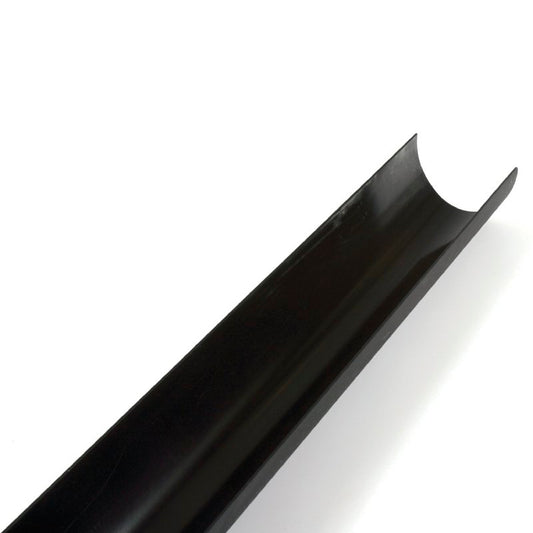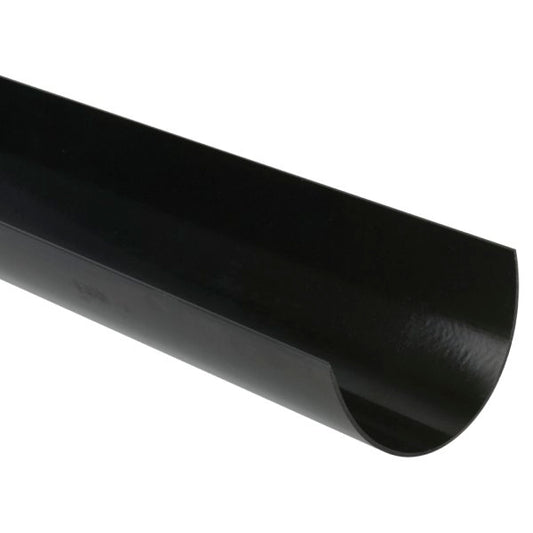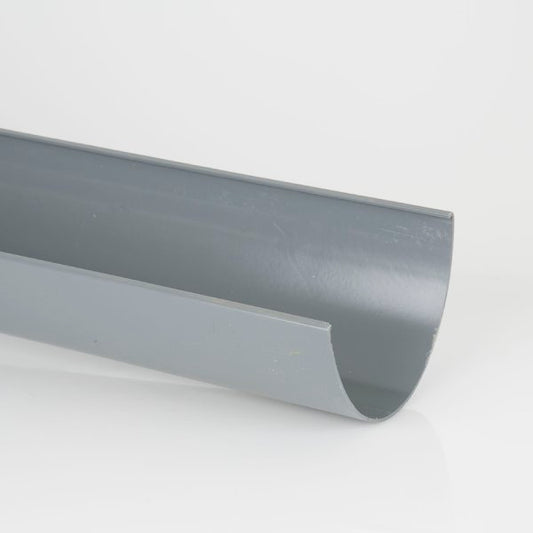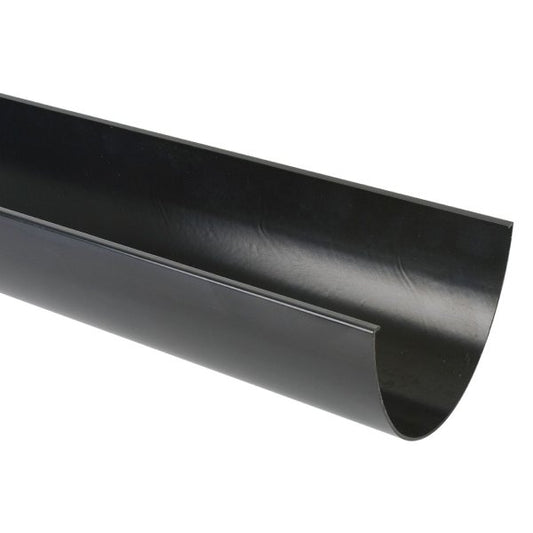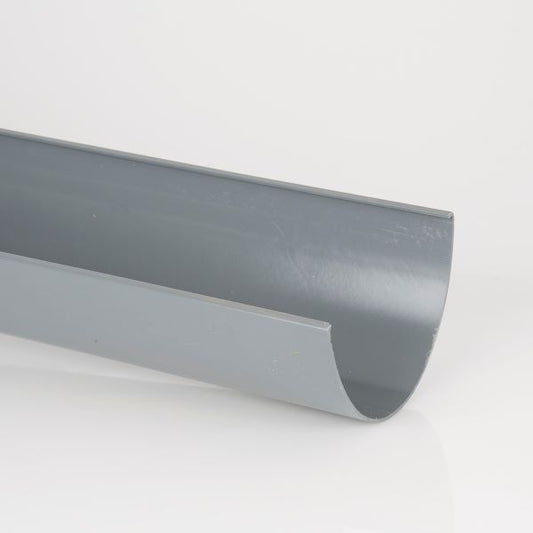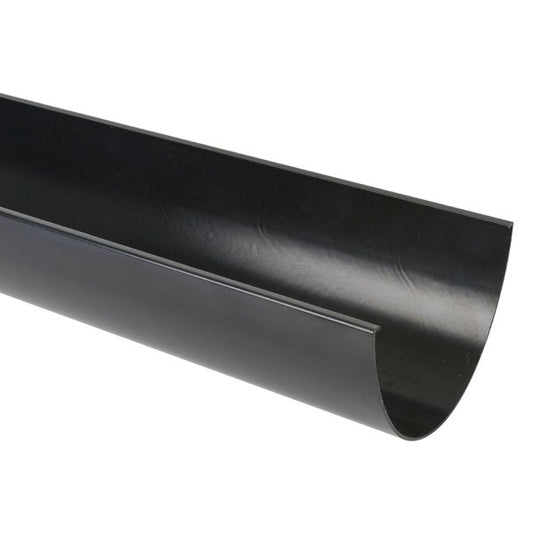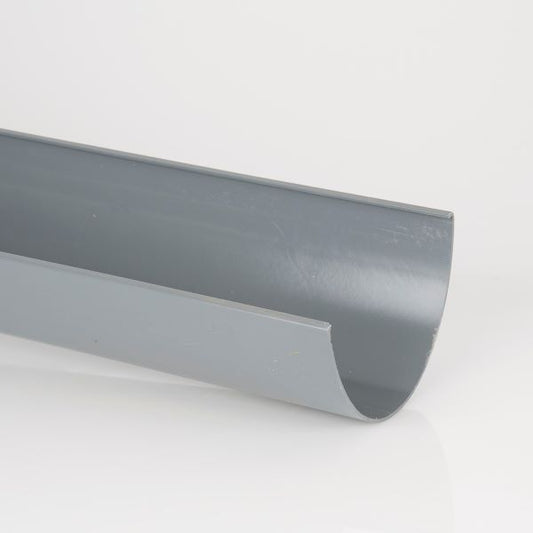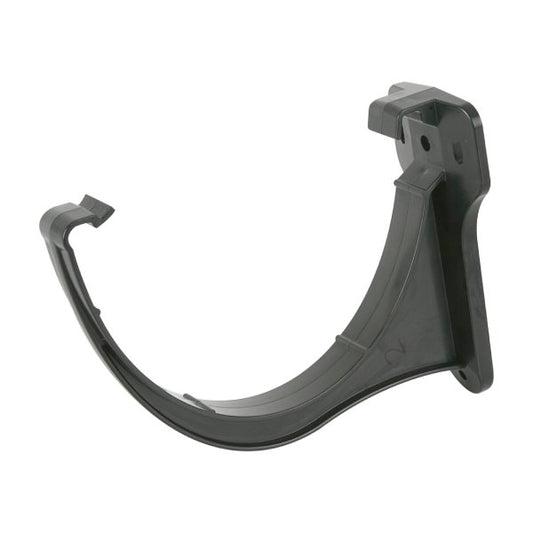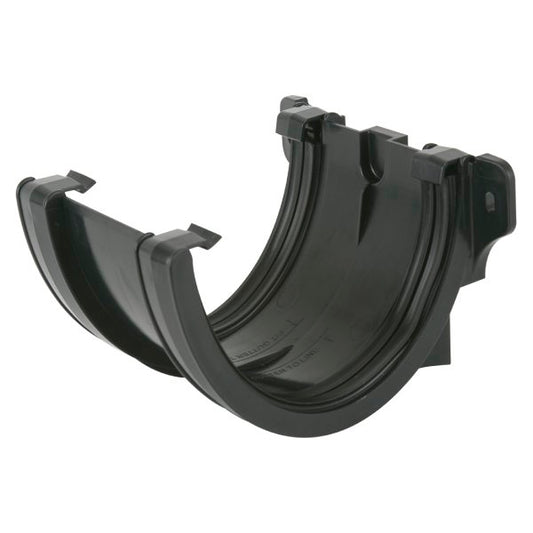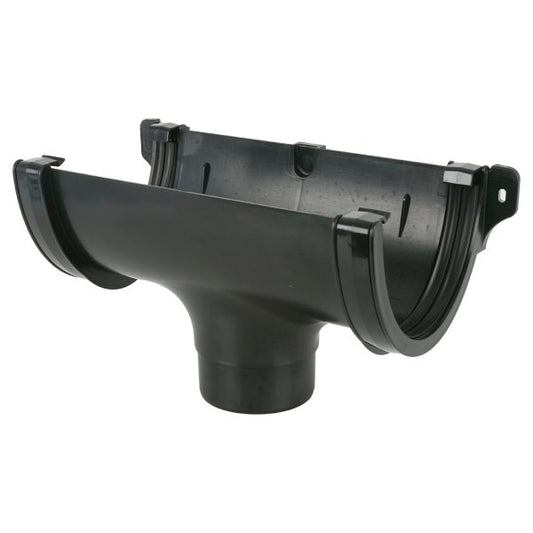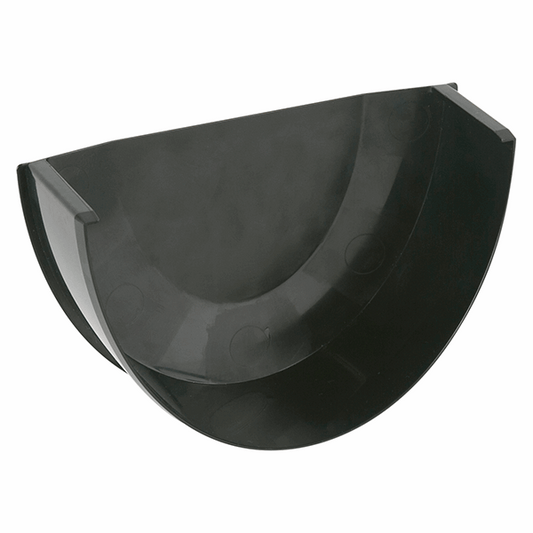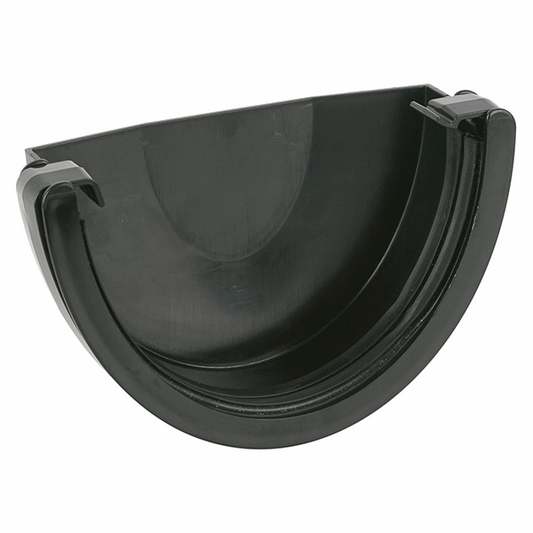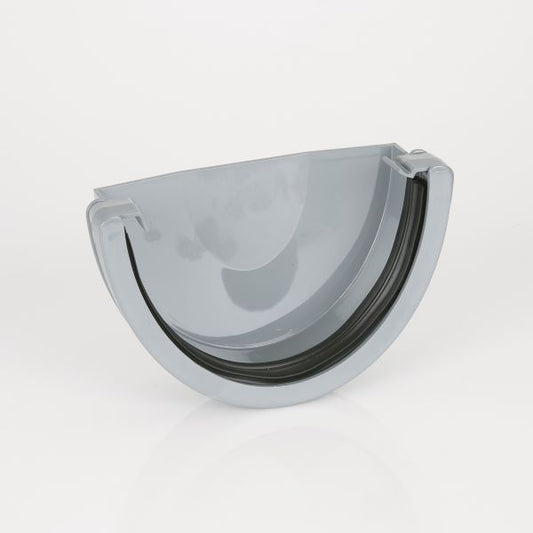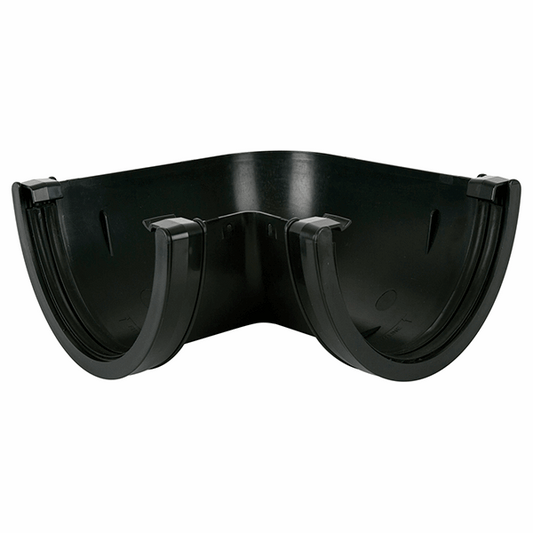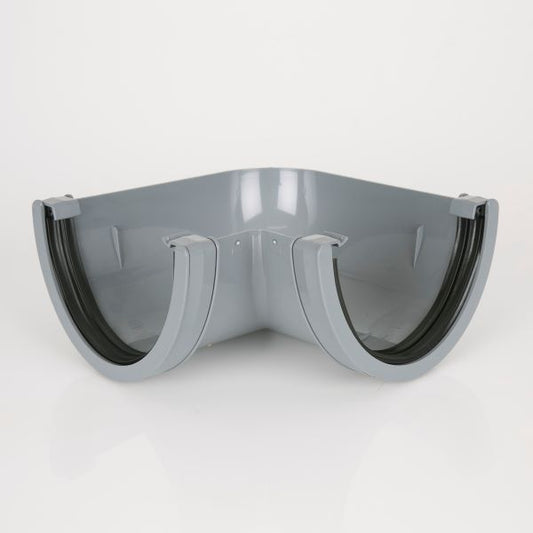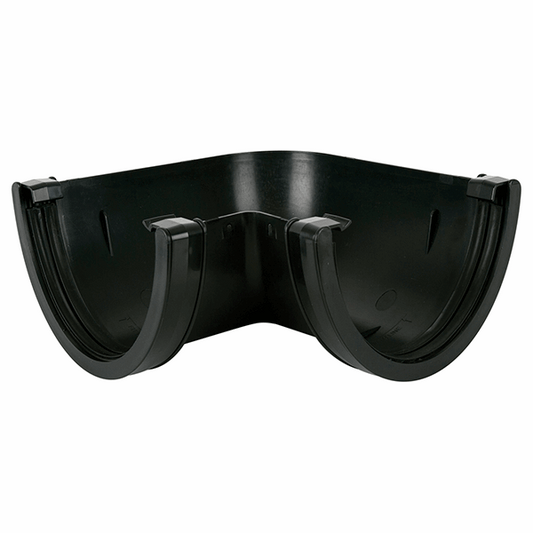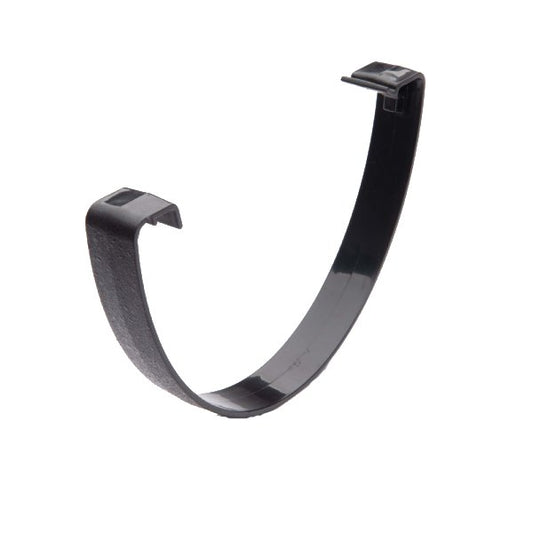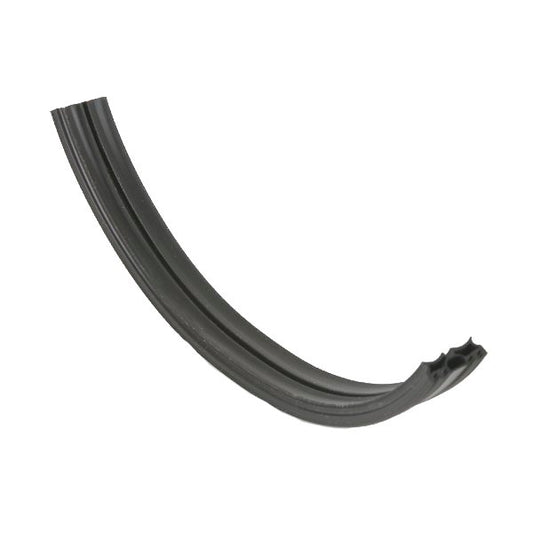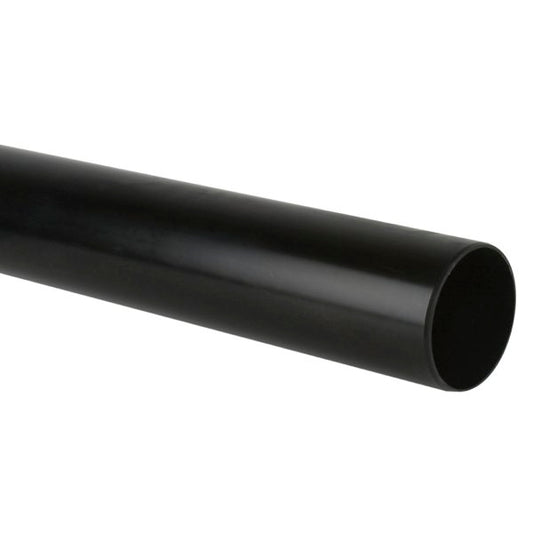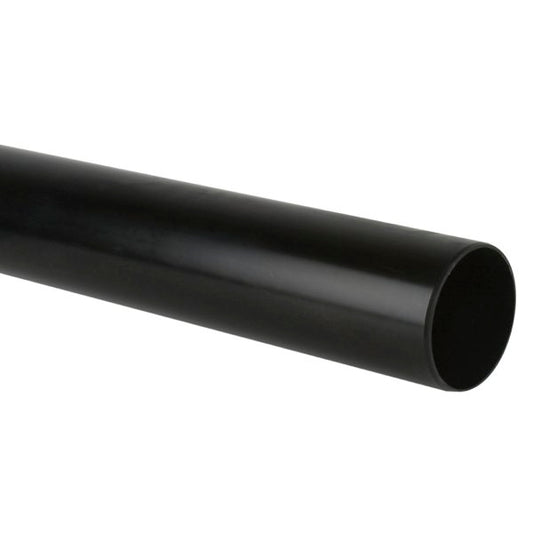-
Brett Martin Deepstyle 170mm Gutter Rise & Fall Bracket - 350mm Drive-In Spike
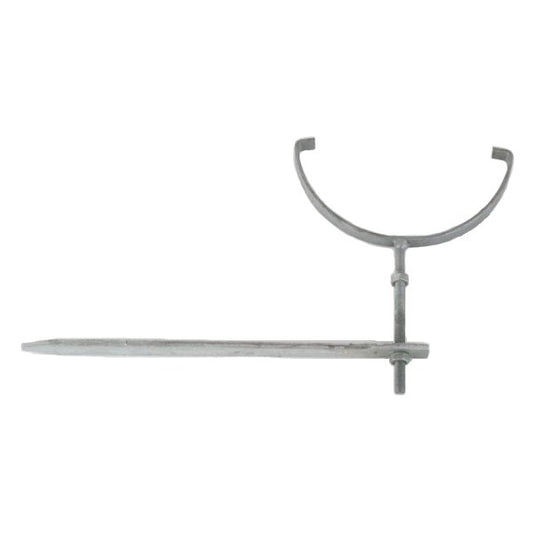 View DetailsBrett Martin Deepstyle 170mm Gutter Rise & Fall Bracket - 350mm Drive-In SpikeEst. delivery 3-5 working days
View DetailsBrett Martin Deepstyle 170mm Gutter Rise & Fall Bracket - 350mm Drive-In SpikeEst. delivery 3-5 working days- Regular price
- £19.52 (£16.27 ex VAT)
- Regular price
-
- Sale price
- £19.52 (£16.27 ex VAT)
- Unit price
- per
Frequently Asked Questions
How much does it cost to replace gutters in the UK?
For a standard semi-detached house in the UK, you can expect to pay between £500 and £1,000 for a complete gutter replacement, or between £24-£40 per metre. However, this can vary based on the type of material – with higher-end materials, such as aluminium or copper, typically costing more than uPVC guttering supplies, for example. Other factors that can influence the cost of replacement gutters are the length and complexity of the installation, as well as the condition of the existing fascia boards. As a general guide, longer lengths and more complicated installations will be more labour-intensive, requiring more time and increasing the overall price. For more information about the cost of gutters, get in touch with the team at Cotterill Civils.
Do you need scaffolding to replace guttering?
Scaffolding isn’t required to replace gutting but it may make the job easier and safer. However, if scaffolding isn’t in your budget, the job can be completed with any suitable and stable ladder on single-story homes or lower structures.
For the best advice on replacing your gutters, talk to a professional gutter installer. They can check out your situation and suggest the right way to go about your gutter replacement project.
How should guttering be fitted?
Fitting guttering involves a few key steps. First, the old gutters are removed, and the soffits and fascias are checked for any damage. Next, brackets are attached to the fascias to support the new gutters. The gutters are then measured and cut to the appropriate length, ensuring they slope slightly towards the downpipe for proper drainage. The sections are joined securely to avoid leaks, and end caps are added. The downpipe is fitted, directing water away from the house's foundation. It's important to make sure the gutters are securely attached and have a slight downward slope for efficient water flow. Regular maintenance, such as clearing debris, is also essential for keeping gutters functioning properly. To find out more about the gutters we supply at Cotterill Civils, get in touch with us on 0121 351 3230.
What’s the difference between round and square guttering?
Round guttering, as the name suggests, has a circular cross-section which resembles a pipe, whereas square guttering has a more angular, box-like shape. Some people prefer the modern, clean lines of square gutters, whilst others find the traditional half round look more appealing. Both function similarly, collecting and directing rainwater away from the roof, but their aesthetic differences can influence the overall appearance of your home. To find out more about guttering, downpipes, and fittings, contact Cotterill Civils. We will be more than happy to share our expertise and offer any help.
What size downpipe do I need?
The size of downpipe you need will depend on a few key factors — mainly the size of the roof area, the average rainfall in your location, and the flow capacity of the guttering system you've chosen. It's important to get this right to make sure rainwater is carried away quickly and doesn't back up or overflow. For most domestic properties, a 68mm round downpipe or a 65mm square downpipe is usually sufficient. These are designed to cope with the water run-off from typical house roofs, and they’re widely used for replacement or new build work. If you're working on a larger building, such as a commercial unit, school or agricultural shed, you’ll likely need something bigger — often 75mm, 100mm, or even 150mm in diameter, depending on the size and pitch of the roof. In these cases, it's a good idea to check the flow rate of the system and speak to a supplier or installer who can help you match the right size to your project. It's also worth noting that using multiple downpipes to share the load can be a more practical solution in some situations, especially where a single large pipe isn’t suitable or would look out of place. Brackets, outlets and bends are also available in different sizes and colours to match your chosen pipe. If you’re unsure what size is best for your job, the team at Cotterill Civils can help you work it out.





